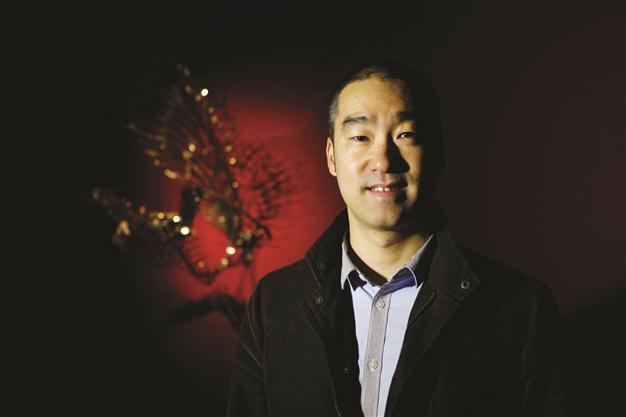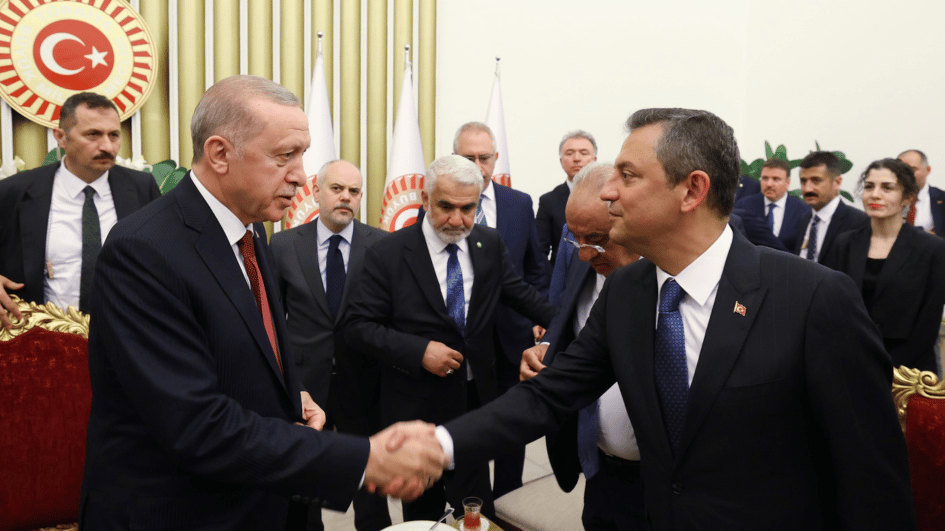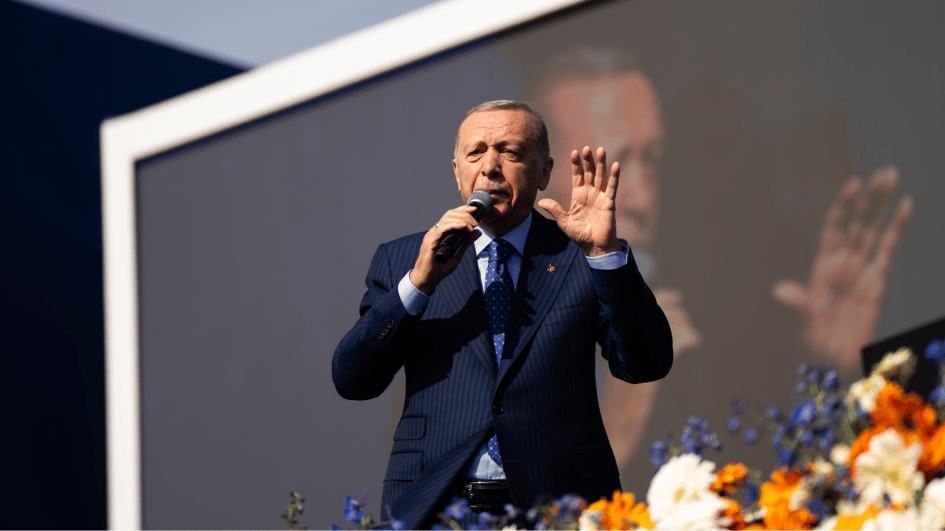Kinetic sculptures on display at Borusan Contemporary
ISTANBUL - Hürriyet Daily News

Korean artist Choe uses metal, resin, wood, crystal, 24-carat gold leaves, plastic bags, propellers, engines and processors in his kinetic sculptures.
Istanbul’s Borusan Contemporary has once again welcomed an exhibition challenging everything that’s ordinary in the world of art. The mechanical works of Korean artist Choe U-Ram, who has attracted international attention with works that have been defined as “kinetic sculptures,” will be on show at the exhibition “Anima” until April 14.Choe uses metal, resin, wood, crystal, 24-carat gold leaves, plastic bags, propellers, engines and processors in his kinetic sculptures. Best-known for his meticulously designed kinetic sculptures made of acrylic and stainless steel, Choe animates his sculptures with robotics that he develops and programs.
The Korean artist followed in the footsteps of his engineer grandfather who designed early cars and became closely interested in mechanics which resulted in his mechanical works created using knowledge of mechanics, design and physics. Regarded as one of the foremost figures representing kinetic sculptures, Choe has staged exhibitions worldwide from Asia to Europe and the United States.
The “Anima” exhibition at Perili Köşk offers viewers a chance to experience original examples of contemporary art. Curated by Choi Doo-eun, who has also curated many international new media exhibitions since 2000, “Anima” touches many concepts ranging from movement to flow, history to heritage, individual to relational and created machines to special moments. The exhibition invites everyone to experience the whole greater than the sum of its parts and the endlessness of life along the path from animated machines to Anima.
Choe’s works
“Even a little hummingbird has absolutely perfect body structure and ecosystems,” Choe said about his work. “It makes us think that there must be an absolute creator who is known as God, the absolute.
As a human being, we only can attempt to represent, disclose, and evoke the absolute existence in various metaphorical and symbolic ways. I believe that ‘élan vital’ [vital impetus] in the life itself is absolute. It is an animating wondrous theme which makes me alive.”
Choe’s works simultaneously offer an insight into the compatibility and incompatibility between mechanics, light and sound in his works. Inspired by mythology, the artist questions time, life and the boundaries of life in his works.
According to bitforms.com, the artist’s visual language describes natural biomorphic form that is marked by a seemingly organic incorporation of etched stainless steel, robotics and acrylic. Exploring the boundaries of archaeological discovery and developmental morphology, Choe’s explanations and Latin titles for these creations follow the linguistic traditions of scientific nomenclature.
Tracing imagination
Relating stories using gestural transformation and the tracing of imagined evolutionary stages, these pieces take on the silhouette of actual life forms, as intricate automata express a refined delicacy and weightlessness. Unexpected and fantastical, Choe’s kinetic simulations cyclically breathe with movement that recalls aquatic propulsion, flight and ritualistic courtship displays.
Recently, Choe was featured in solo exhibitions at the John Curtin Gallery in Perth and at Asia Society Museum in New York. Choe’s work has been exhibited at the Museum of Arts and Design in New York; the 2008 Liverpool Biennale at the Foundation for Art and Creative Technology (FACT) in Liverpool; the Frist Center for the Visual Arts in Nashville; the Mori Art Museum in Tokyo; the Shanghai Biennial; the Leeum Samsung Museum of Art in Seoul; the NTT Intercommunication Center (ICC) in Tokyo; Art Basel; the Seoul Museum of Art; the Trammell & Margaret Crow Collection of Asian Art in Dallas; the Asian Art Triennial at the Manchester Art Gallery; the Sungkok Art Museum in Seoul; the Metropolitan Art Museum in Busan; the Galleria d’Arte Moderna in Bologna; SCAI The Bathhouse in Tokyo; the Beijing Expocenter; and the Olympic Art Museum in Seoul.
















